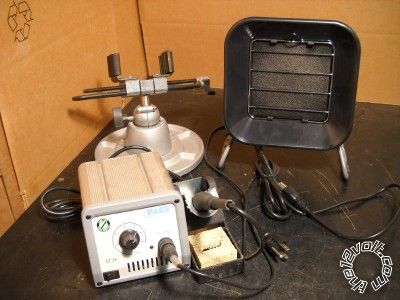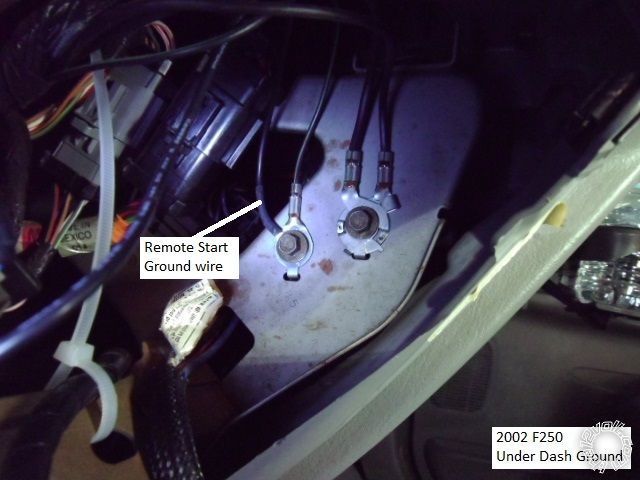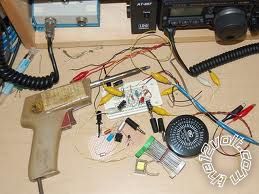It's an old question.
The only definite I have is that if doing both, you crimp first and then solder.
Many or most will say solder. I'd qualify that by adding that the soldering must give adequate mechanical strength which isn't always the case for BIG terminals in vibrating environments - hence the crimp first (for mechanical) and then solder (for electrical).
But for small signal connections - solder (at least). Small signal means that the tiniest of oxidation etc can greatly effect the signal. (EG - RCA connectors, alarm or ECU etc interface & sensor connections.)
Small connectors may have the same issue, especially if not crimped properly.
And many alarm etc installers will holler "solder!".
But solderless can also work fine. I noted (again) recently how many of my vehicle joints are merely crimped and they still work flawlessly after 45 years. These are things like starter cables, headlight and fuse wiring, even gauges.
However I think the thing to note there is that "proper" crimpers were used.
Traditionally I've been like you... I disliked the common spade & other crimp terminals (with red, blue & yellow "wire gauges"). I thought they were mechanically weak, electrically suspect, and looked bad.
However I now realise that my crimps using such terminals have given little problem. The usual problem is when the cable stiffens and breaks off (which is why the crimps were used in the first place).
And that's with a plain common "flat" crimping and stripping tool (but not like the 2nd cheap thin one I also have that can't even crimp without warping off the terminal!). Of course I have my own crimping technique, and the crimp actually looks kind-of good...
I have been meaning to get a proper ratchet-type crimper for those terminals & joiners to well and truly ensure connection reliability (and better looks), but that still hasn't happened.
IMO one negative aspect with soldering is the shrinking or melting or stiffening of adjacent insulation - especially when soldering heavy gauge cable.
I also question the impact on metal (cable) hardening and strength when I have to solder big cables with my flame thrower.
Sorry, that's no straight answer, but I think it's another one of those
horses for courses situations - and I haven't even discussed environments aside maybe from vibration - eg, tropical or polar.
The one piece of advice I do disagree with is
solder first, then crimp.
PS - metal to metal isn't always a good electrical contact.
Several years after my car's engine rebuild I started having high-voltage problems. I noted that gauges and my HU were subject to over-voltage.
The problem - the 2 heavy GND cables that were attached to the block with a 16mm bolt (with 24mm hex head). It was still tighter than I could (almost) undo so surely that was NOT the problem. But it was - I measured voltage differences of ~2V!
I dismantled the lot and all looked fine. Not shiny, but not heavily oxidised nor obviously contaminated. So I cleaned (with thinners?) and used a file or emery paper on all contact surfaces and then reassembled the lot. No more problems! Unfortunately by then I had blown the faceplate of my Alpine HU, but otherwise the Alpine worked fine, so I assume I hit "body" voltages of around 16V.
FYI - be aware that the above problem occurred when I was still running (mere 25A or 35A) alternators with
external body-mounted voltage regulators. I have since migrated to internal regulated units which usually cannot have that problem - in part due to the vreg being internal, but additionally because some/many modern alternators won't put out more than ~15.5V to 16V even if their external (battery voltage) Sense wire comes adrift.
The point however was that even a heavy solid mechanical joint that I considered should not have any conduction problems DID in fact have bad conduction. And I've had a lot of experience with bad electrical connections - whether marine, domestic, vehicular, tropical, sub-zero, or some of the people I talk to on here

.
Yep - bed time in ~4 hours.
 Printable version
Printable version
















 .
Yep - bed time in ~4 hours.
.
Yep - bed time in ~4 hours.



 ( no crimp, only solder under that heat shrink tube )
( no crimp, only solder under that heat shrink tube )


